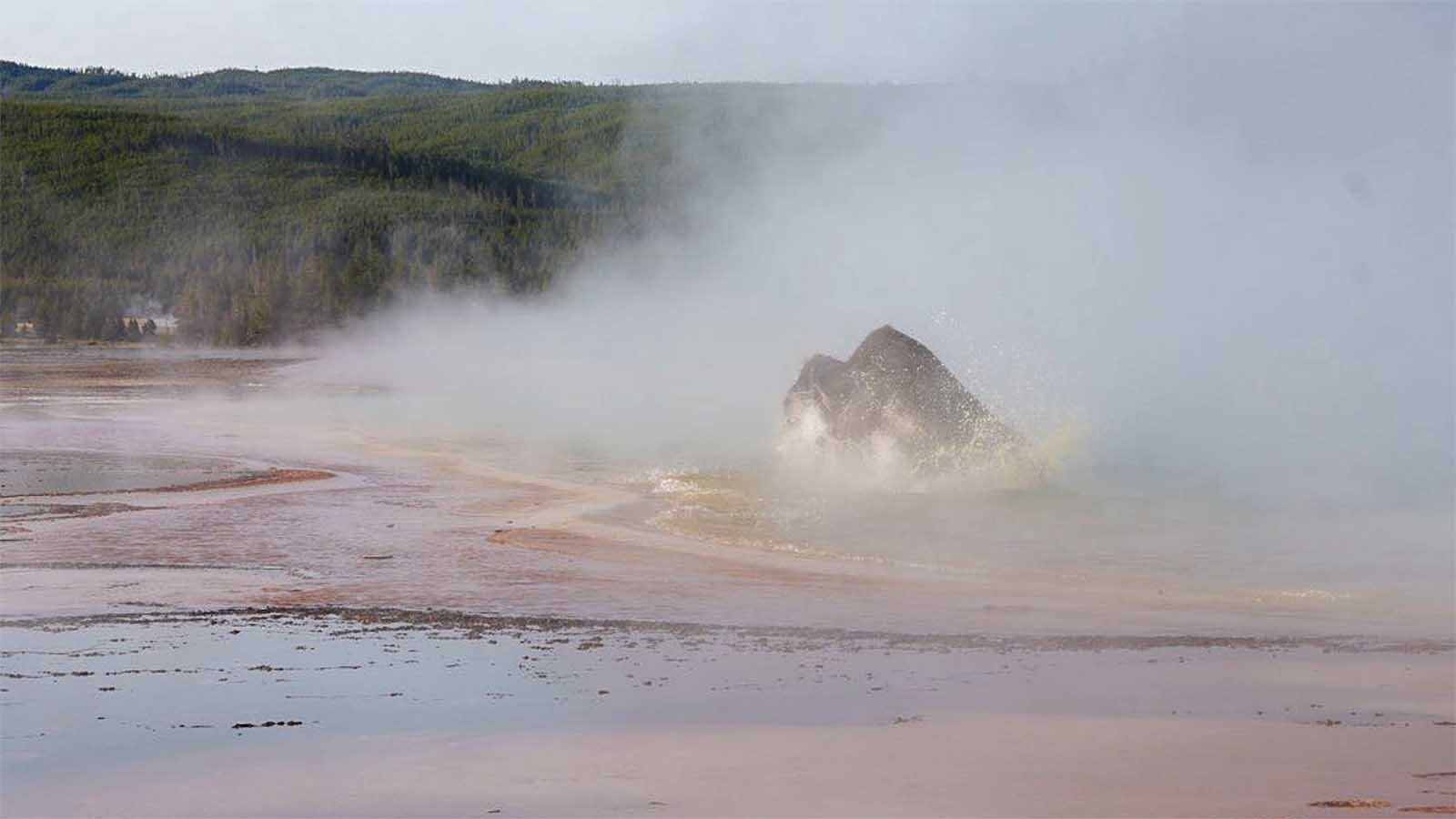The claims that both Yellowstone and Grand Teton national parks are seeing more visitors than ever before this summer have been confirmed by a state report.
A report on the economic indicators for the first quarter of 2021 issued by the Wyoming Departmetn of Administration and Information shows tourism numbers have skyrocketed in the state this year compared to 2020.
Both parks saw more than a 20% increase in visitations through March of 2021, with Yellowstone seeing 107,846 visitors in the first quarter (up 20.7% compared to last year) and Grand Teton seeing 194,447 visitors (up 22.8% compared to last year).
“Visitation figures for both national parks were the highest recorded for the first quarter in history,” the report said, noting that this was attributed to people wanting to spend time outdoors during the pandemic, while coronavirus cases also trended downward.
Lodging sales in Teton County were up 27.9% compared to last year and up 16.4% for the state as a whole.
According to a National Park Service report, more than 3.8 million people visited Yellowstone National Park last year and spent more than $444 million in communities near the park. That spending supported 6,110 jobs in the area near Yellowstone, which had a cumulative benefit to the local economy of $560 million.
Overall, about 7.1 million people visited all the national parks in Wyoming in 2020, spending an estimated $859 million in “gateway” regions, communities within 60 miles of a national park.
This spending supported a total of 11,300 jobs, generating $333 million in labor income $604 million in “value added” — the difference between the production cost of an item and its sale price — and $1 billion in economic output in the Wyoming economy.
The majority of these jobs were divided among restaurants, lodging and “secondary effect” businesses.





